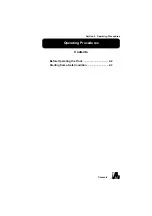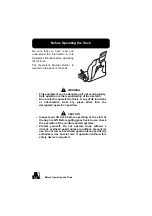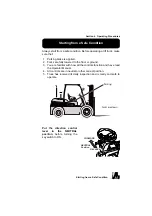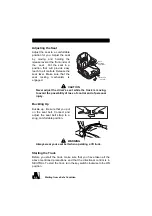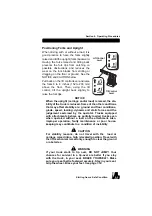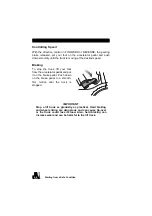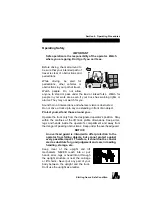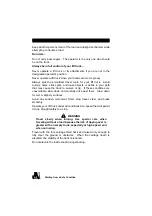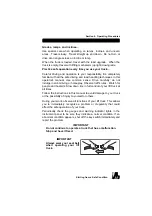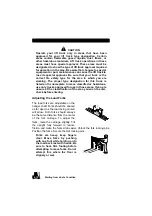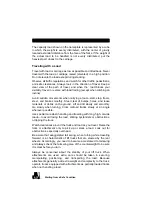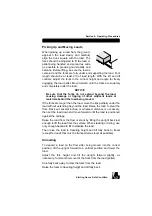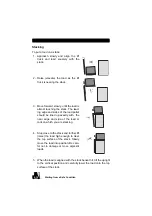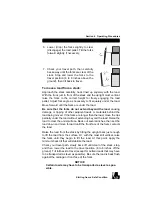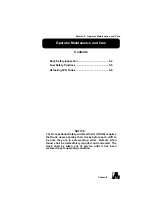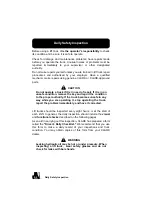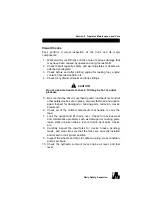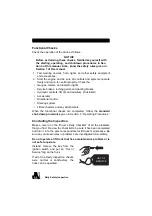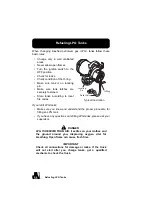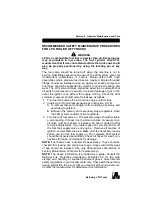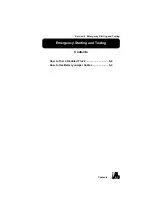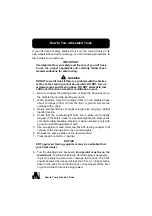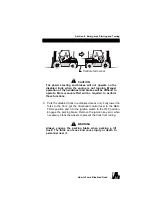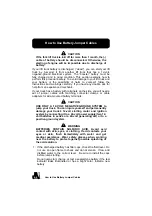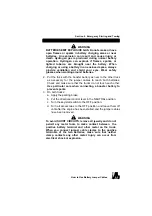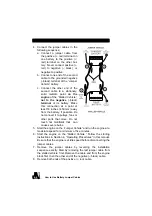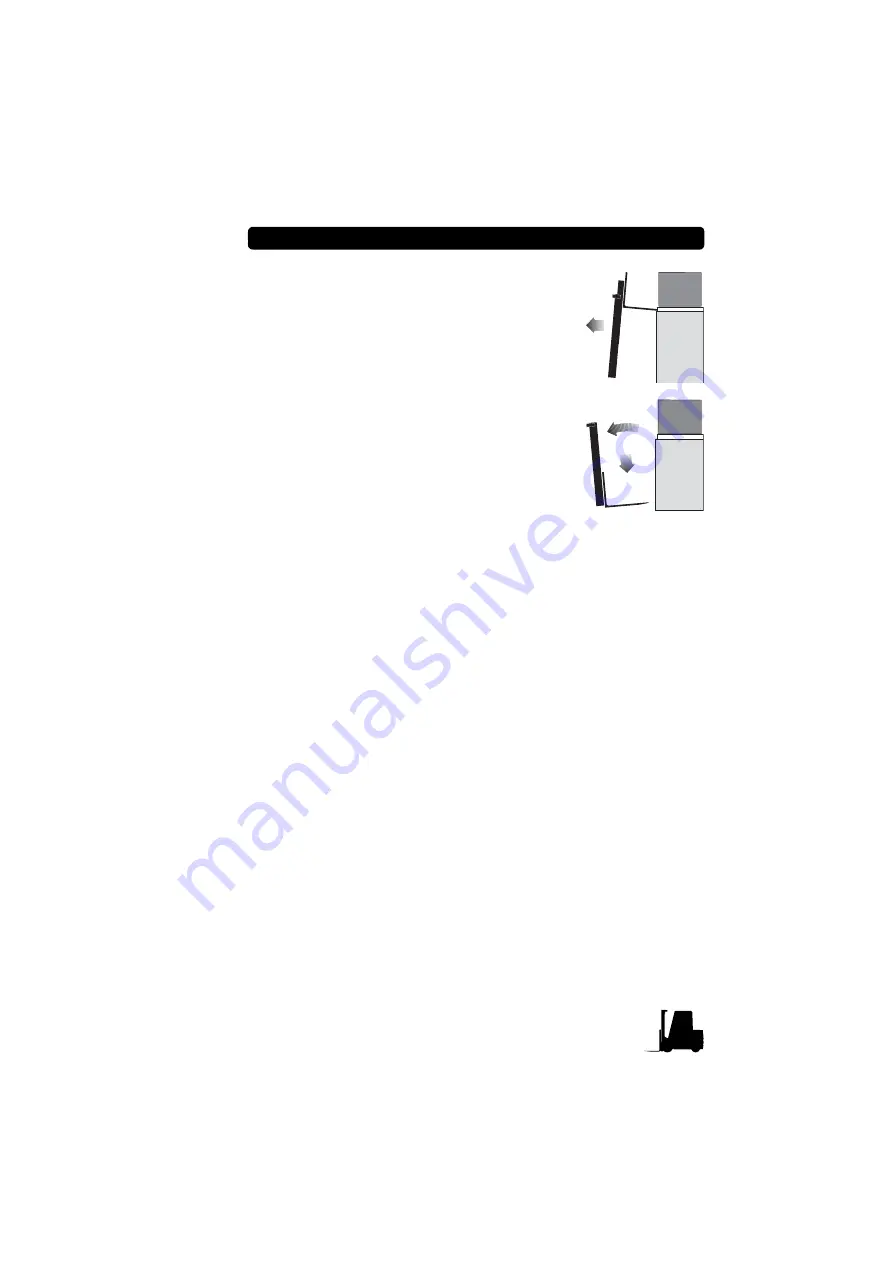
Starting from a Safe Condition
4-15
Section 4. Operating Procedures
6. Lower (drop) the forks slightly to clear
(disengage) the load pallet. Tilt the forks
forward slightly, if necessary.
7. Check your travel path, then carefully
back away until the forks are clear of the
stack. Stop and lower the forks to the
travel position (6 to 8 inches above the
ground), then tilt back to travel.
To move a load from a stack:
Approach the stack carefully, truck lined up squarely with the load.
With the truck just in front of the stack and the upright must vertical,
raise the forks to the correct height for freely engaging the load
pallet. Adjust fork angle as necessary to fit squarely under the load.
Move forward until the forks are under the load.
Be sure that the forks do not extend beyond the load
, causing
damage or tipping of other adjacent loads or materials behind the
load being moved. If the forks are longer than the load, move the tips
partially under the load without extending beyond the load. Raise the
load to clear the undersurface. Back out several inches, then set the
load down and move forward until the front face of the forks contacts
the load.
Raise the load from the stack by tilting the upright back just enough
to lift the load from the surface. Or, with the mast still vertical, raise
the forks until they begin to lift the load. At this point, apply the
minimum back tilt that will stabilize the load.
Check your travel path, slowly back off until clear of the stack, stop,
and then lower the load to the travel position (6 to 8 inches off the
ground). Tilt full back to travel (except for certain loads that may have
to be transported as level as possible). Be sure the load is back flush
against the carriage or front face of the forks.
NOTICE
Certain loads may have to be transported as level as pos-
sible.
Summary of Contents for C40D
Page 2: ......
Page 6: ...iv ...
Page 16: ...1 4 Seat Belts Seat Belts ALWAYS BUCKLE UP Seat belts can reduce injuries ...
Page 30: ......
Page 90: ......
Page 109: ...PM Report Form 7 13 Section 7 Planned Maintenance and Lubrication ...
Page 126: ......
Page 136: ......

